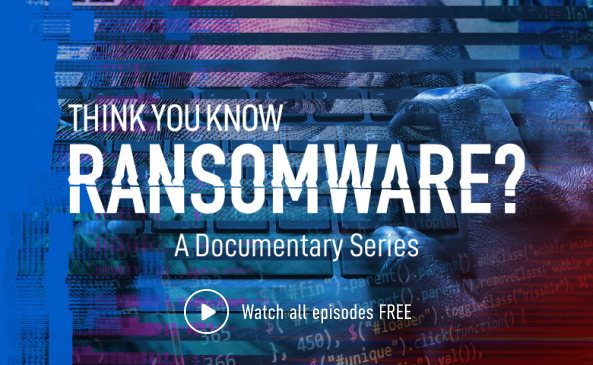
Advanced Threat Response Joint Task Force

Latest Research
Cybersecurity threats are complex and sophisticated.
Sophos X-Ops brings together deep expertise across the attack environment to defend against even the most advanced threats.
- Deep malware analysis and response expertise from the SophosLabs threat experts
- Real-time intelligence from the Sophos Managed Threat Response threat hunting and neutralizations specialists
- The frontline incident response experience of Sophos Rapid Response
- World-leading deep learning capabilities from Sophos AI
- Security operations expertise from the team running Sophos’ own defenses
Deeper Understanding Drives Better Defenses
Sophos X-Ops provides unparalleled insights into how threats are built, delivered, and operate in real time, revealing the full attack picture. Armed with this deep understanding, Sophos is able to build powerful, effective defenses against even the most advanced threats.
Sharing Threat Intelligence to Enable Defenders
Sophos is committed to transparency and openness with threat intelligence to enable businesses, governments, and individuals to better defend themselves from adversaries. Sophos X-Ops regularly publishes threat research on our blog and participates in conferences and industry events.
Resources
Sophos X-Ops brings together deep expertise across the attack environment to defend against even the most advanced threats.



